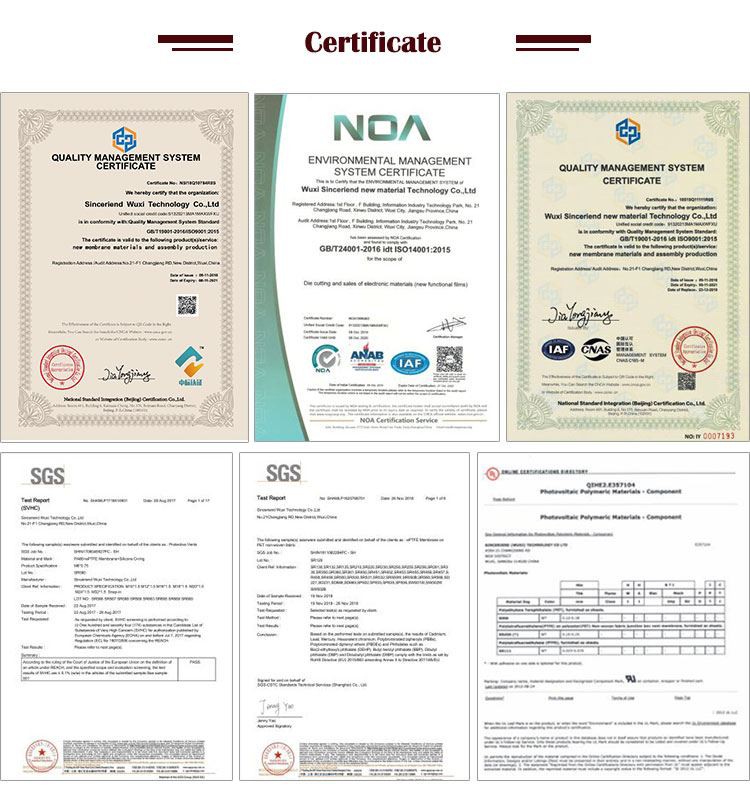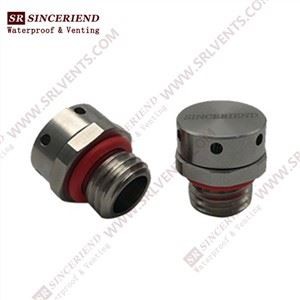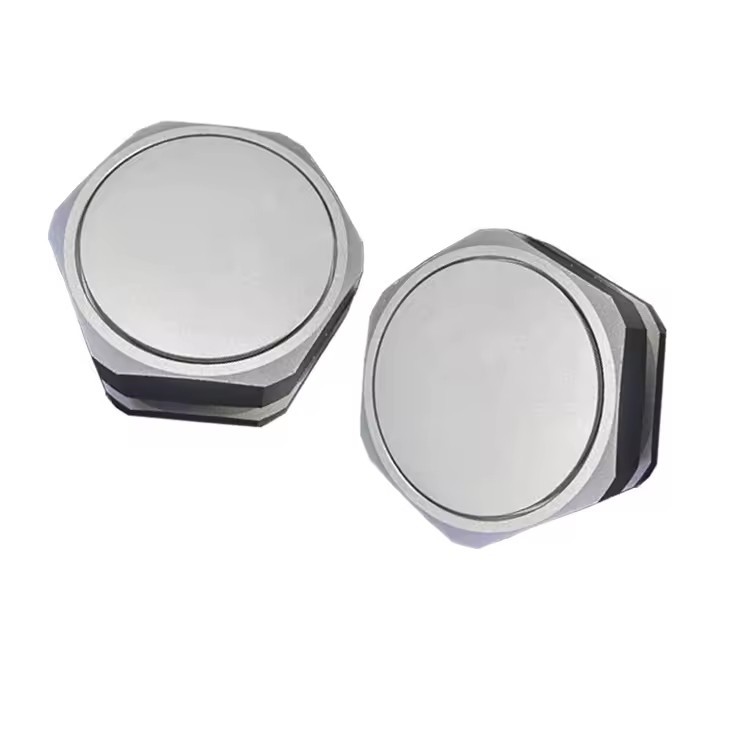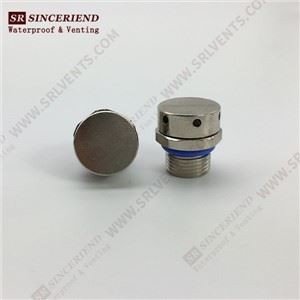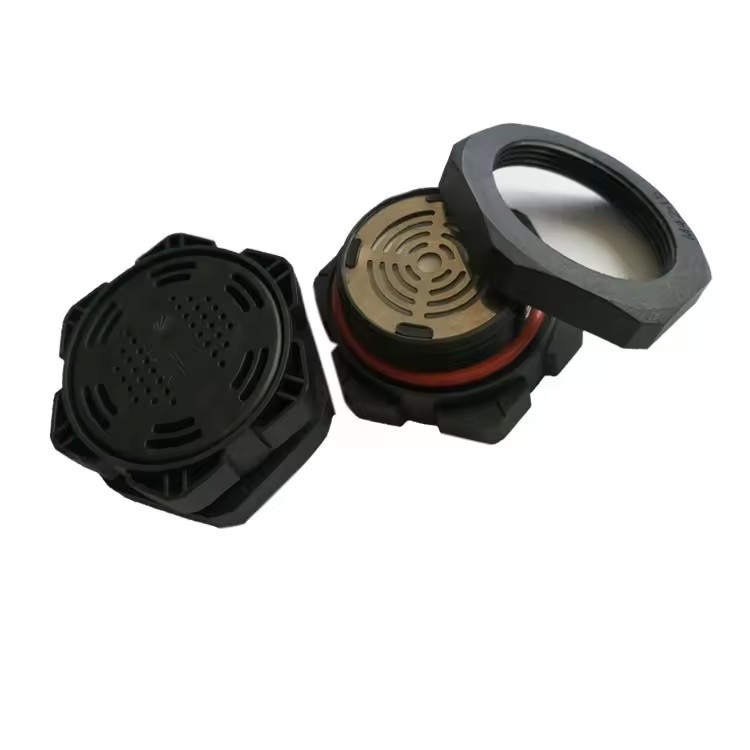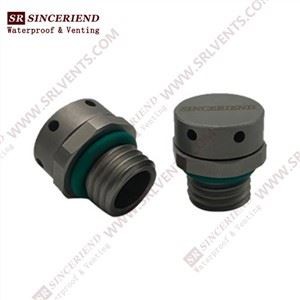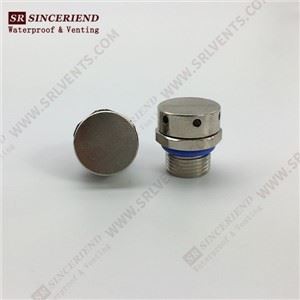Introduction
Products Description
SUS304 Protective Vents are ventilation devices intended to protect equipment, often composed of stainless steel 304. These protection vents are intended to keep dust, liquids, and other pollutants from entering the interior of the equipment, increasing its service life and boosting performance stability. These vents are widely utilized in a variety of industries and equipment, including electronics, communication equipment, cars, and industrial machinery.
Features
1. Corrosion and high temperature resistance allow for usage in a variety of difficult environmental conditions.
2. These protective vents are also watertight, which efficiently keeps moisture out of the equipment's interior and protects it from damage.
3. These vents are often built with microporous features that allow air circulation while keeping dust and fluids from entering.
4. Compact structure, simple installation, and will not interfere with the appearance of the equipment.
Advantage
SUS304 Protective Vents can meet 96 hours of neutral salt spray test to solve the problem of rust in highly corrosive environment.
SUS304 protective vents can solve the problem of balance between internal and external pressure of sealing parts, reduce cleaning fog condensation, in harsh environment, SUS304 sturdy, can prevent external impact without damage.
SUS304 protective vents is threaded and installed with ePTFE membrane, which can effectively breathe air and prevent water, oil, and dust. The protection class is IP68/IP69K.
Sinceriend company provides SUS304 protective vents, specifications are M5*0.75,M6*0.75,M8*1.25,M10*1.0,M12*1.5,M16*1.5,M20*1.5,M40*1.5.
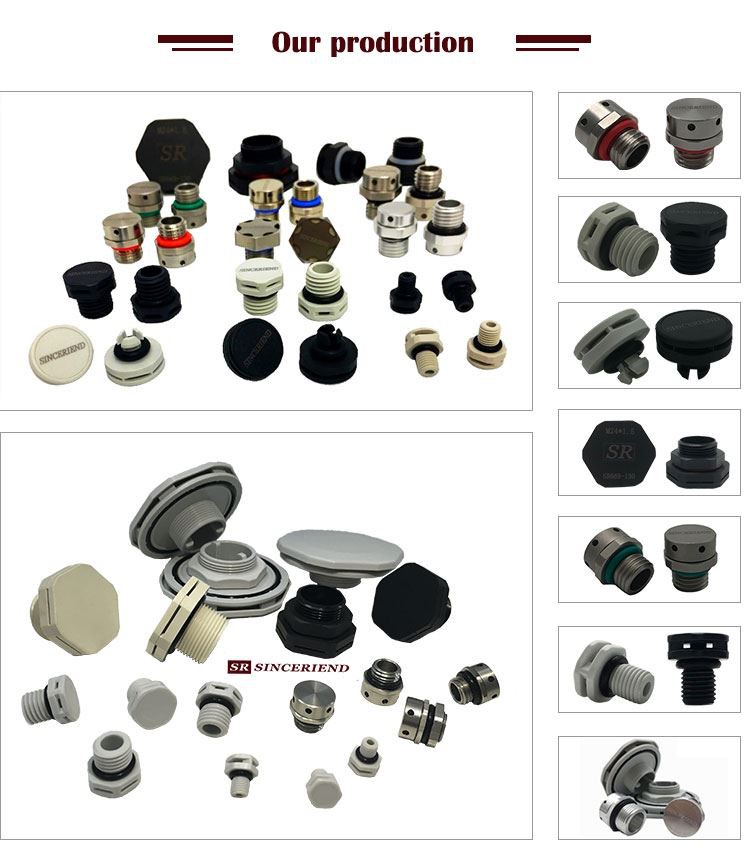
Installation method
1. Screw-on installation: This is a standard installation method in which the protective vent is fastened to the equipment housing with screws. Screw-on installation has the advantage of being solid and trustworthy, ensuring a tight connection between the vent and the equipment housing and preventing the vent from loosening or sliding off while the equipment is operating. During installation, pay attention to the tightening tension of the screws to avoid over-tightening or over-loosening, which will impact the installation result.
2. Clip-on installation: This method is simpler and faster. The protected vent is connected to the equipment housing utilizing the clip structure, eliminating the need for screws and other tools. This installation method is appropriate for certain situations in which installation efficiency is high and the equipment housing structure enables.
3. Welding installation: Welding installation is suitable for equipment that requires extremely high installation stability and protective vent sealing. Welding the protective vent directly to the equipment housing provides the optimum sealing effect and connection strength.
Maintenance and Care
1. Clean the vent on a regular basis. To preserve the vent's ventilation effect and protective performance, carefully wipe it with a clean, soft cloth or brush to remove dust and grime from the surface.
2. Regularly inspect the sealing between the protected vent and the equipment housing. If the sealing isn't tight, figure out why and fix it right away. It could be due to aging, damage, or incorrect installation of the sealing gasket. To guarantee that the vent seals properly, the sealing gasket must be replaced or the installation position altered.
3. Inspection of protective coating: If the protective vent uses surface treatment procedures such as electrolytic polishing or passivation treatment, the protective coating's integrity should be evaluated on a regular basis. If the coating becomes removed or damaged, it should be restored or reprocessed as soon as possible to maintain the protected vent's corrosion resistance and attractiveness.
